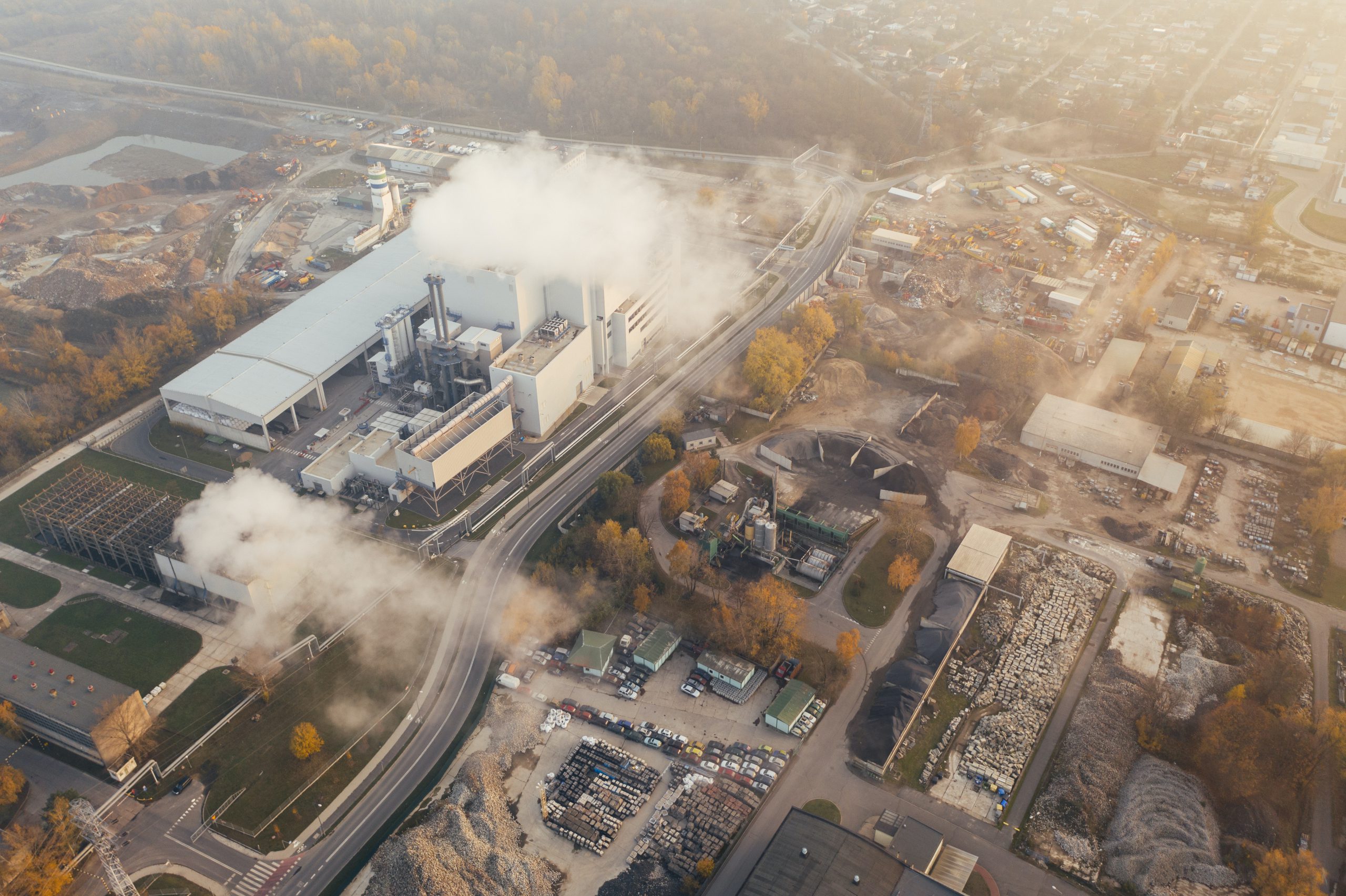
Endogenous industrial development model and skills development
Yujiro Yamazaki
- Labour Market Information and Investment Environment in Africa
Although there are differences in the process of industrial development among countries, Sonobe (2006) systematically summarized the similarities to some extent in the “endogenous industrial development model.” According to this model, industrial development occurs in stages: (1) initiation stage, (2) quantitative expansion stage, and (3) qualitative improvement stage. This article will explain this model and consider what kind of human resource development will lead to effective industrial development in each stage.
(1) Learning through experience in the initial stage
When a new industry starts in a region, it often begins by importing technology from abroad. Reverse engineering, which involves disassembling products and machines to learn their structures, is a great way to understand the products’ design. It is said, for example, that the Japanese motorcycle was born from a thorough imitation of American and German products through reverse engineering (Otsuka & Sonobe, 2004). When imitating products from abroad, since there is a lack of human resources with the skills to manufacture those products, learning through experience, such as acquiring skills through trial and error, becomes more critical. Also, it is necessary to search for supply and demand for product manufacturing, such as procurement of raw materials and creation of customers. For this reason, knowledge and information about manufacturing are more critical than systematic knowledge such as that obtained through school education.
(2) Acquisition of specialized skills in the period of quantitative expansion
When a product in its initial stage has high-profit margins and other people begin to produce it imitatively, new companies that specialize in making certain parts start to appear as a derivative phenomenon. As the number of such spin-off companies increases, labor division occurs among the companies, with some specializing in parts production, others in sales, etc. Each worker no longer needs to oversee the entire search, imitation, or manufacturing process, making it easier for amateurs to enter the market—new human resources. During the period of quantitative expansion, as the number of products produced is divided among different regions, it is essential to develop skills specialized in a single task, rather than knowledge covering the entire field. In this period, skills specialized in a particular area through vocational training schools can be effective. On the other hand, during the period of quantitative expansion, as the production number increases, price competition leads to lower prices and higher prices for raw materials, making it less profitable than in the initial period.
(3) Period of qualitative improvement
When profit margins become low due to price competition, mass production, and a decline in product quality, the region faces what Akerlof (1970) calls a “lemon market.” The term “lemon” is slang for a defective used car in the U.S. If a company produces only low-quality products, customers will suspect that the company is trying to sell them inferior products, and demand for the company’s products will disappear. To avoid such problems, companies improve the quality of their products during the quality improvement period. During this period, companies need to enhance the quality of their products and innovate, which Schumpeter calls the “innovation” stage. This includes making improvements to production methods, organizational structures, and developing new markets. This period requires skilled workers to improve the quality of products and human resources who can look at the company from a macro perspective and find new routes from multiple angles. In the stage of quality improvement through innovation, firms that continue to produce low-grade products are weeded out, and in developed countries the number of firms in a region has been seen to decrease compared to the period of quantitative expansion (Klepper & Simons 2005). In the qualitative expansion period, the vital human resources—who have received a high level of education—understand and practice the whole picture of expertise in technology, market analysis, and organizational structure.
In sum, during the period of quantitative expansion, when the skills needed are clear, it is essential to have specialized skills, so learning at vocational schools is emphasized. In qualitative improvement, the importance of human resources with higher education is the main concern. The focus is on digesting specialized knowledge and looking at the company from a macro view. At the last stage, decontextualized knowledge is needed, not skills in the field, and this is why people with higher education are continually attracting attention. However, the discussion tends to be focused on academic certificates of higher education rather than what human resources learn in higher education. This is a question that countries around the world, including Japan, will face in the future.
References
- Akerlof, G. A. (1970) “The Market for ‘Lemons’: Quality Uncertainty and the Market Mecanism,” Quaeterly Journal of Economics84 (3) pp. 488-500.
- Klepper, S. and K. L. Simons (2005) “Industry Shakeouts and Technological Change,” International Journal of Industrial Organization 23 (1) pp. 23-43.
- Schumpeter, J.A. (1912) The Theory of Economic Development, Oxford University Press.
- 園部哲史 (2006)「産業集積と市場」澤田・園部編『市場と経済発展 途上国における貧困削減に向けて』東洋経済新報社 pp. 63 – 89.
- 園部哲史・大塚啓二郎(2004)『産業発展のルーツと戦略:日中台の経験に学ぶ』知泉書館.


